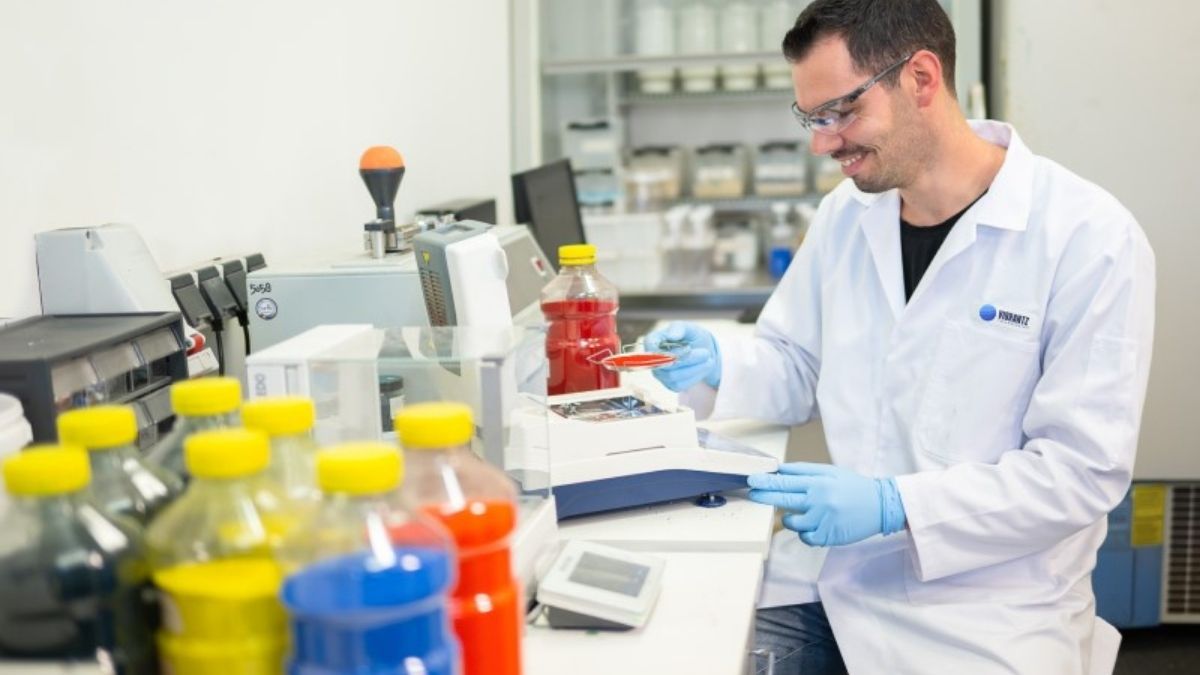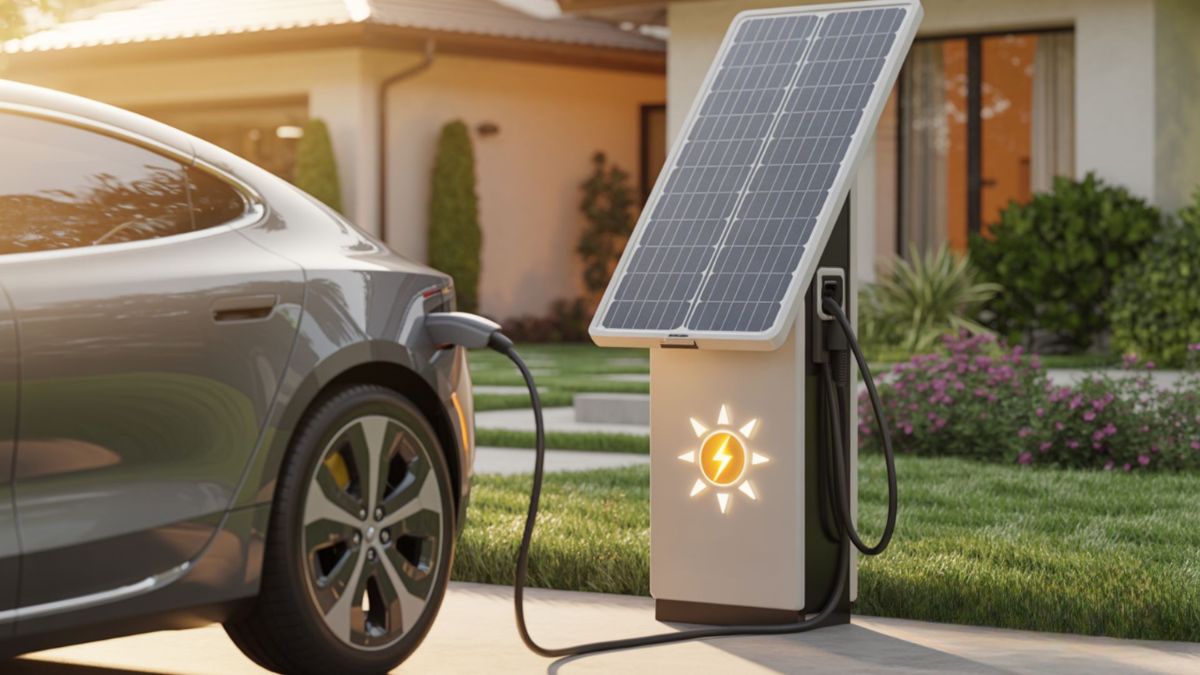Keeping our environments cool—be it homes, workplaces, or industrial facilities—is no longer a luxury but a necessity. However, traditional cooling systems have significant drawbacks, including high energy consumption and environmental impact. Enter cooling technology, the innovative field revolutionizing how we approach cooling, blending efficiency, sustainability, and cutting-edge advancements.
This blog dives into the evolving landscape of cooling technology, exploring the latest innovations, their benefits, and how they are shaping a cooler, greener future.
What is Cooling Technology?
Cooling technology encompasses the methods, systems, and devices used to lower temperature in various applications. These can range from air conditioning systems to large-scale industrial refrigeration units. The end goal is simple—maintain desired temperatures while optimizing energy usage and minimizing environmental harm.
Traditional cooling solutions predominantly rely on vapor-compression systems, which depend on electricity and chemical refrigerants. While effective, these systems are energy-intensive and contribute significantly to greenhouse gas emissions. This necessity for improvement has paved the way for cutting-edge cooling technology designed to solve these challenges.
Key Innovations in Cooling Technology
Several groundbreaking advancements in cooling technology are transforming the way we think about temperature control. Here’s a closer look at some of the most promising innovations:
1. Magnetic Refrigeration
Magnetic refrigeration is a game-changing solution that eliminates greenhouse gas emissions and increases energy efficiency. This innovative approach utilizes a phenomenon called the “magnetocaloric effect,” where certain materials heat up when magnetized and cool down when removed from the magnetic field.
Why it’s revolutionary:
- Requires no harmful refrigerants.
- Consumes 20-30% less energy compared to traditional systems.
- Environmentally friendly and safe to use.
Magnetic refrigeration is already being tested for commercial applications in industries such as medical imaging and food storage.
2. Solid-State Cooling
Solid-state cooling technology, powered by thermoelectric materials, leverages electricity to create heat flux. This eliminates the need for moving parts and refrigerants, offering a quieter and more compact alternative to traditional cooling systems.
Advantages:
- Compact and lightweight design.
- Operates silently, making it ideal for residential use.
- Can be integrated into wearable cooling devices.
With the potential to transform consumer electronics, automotive cooling systems, and even medical applications, solid-state cooling holds immense promise.
3. Radiative Cooling
Radiative cooling technology utilizes the natural process of heat dissipation into outer space via infrared radiation. Materials that excel at radiative cooling technology can cool objects below the ambient air temperature without consuming energy.
Key benefits:
- Energy-free cooling capable of reducing building temperatures.
- Potential to complement current air conditioning systems to improve efficiency.
- Ideal for urban areas where energy savings are crucial.
Startups are already developing radiative cooling paints and sheets that can be applied to rooftops and vehicles.
4. AI-Optimized Cooling Systems
Artificial intelligence is now being integrated into cooling technology to enhance performance and efficiency. AI-powered systems monitor usage patterns, predict cooling demands, and adjust operations in real time.
Benefits include:
- Reduced energy consumption with optimized operations.
- Prolonged system lifespan through predictive maintenance.
- Integration with smart home ecosystems for user convenience.
For businesses, such as data centers where controlled temperatures are vital, AI-driven cooling systems have become indispensable.
5. Evaporative Cooling
Evaporative cooling is an ancient method refined through modern technology. It uses water evaporation to reduce air temperature, consuming significantly less energy than traditional air conditioning.
Why it’s significant:
- Affordable and energy-efficient.
- Utilizes renewable resources like water.
- Suitable for hot, dry climates.
Although it currently has geographical limitations, ongoing advancements are making evaporative cooling more versatile.
The Advantages of Next-Gen Cooling Technology
The integration of cutting-edge advancements in cooling technology is not merely a trend but a necessity. Here are the key benefits that underline its importance:
1. Enhanced Energy Efficiency
With a greater focus on advanced materials and smarter operations, next-gen cooling technologies often reduce energy consumption by up to 50%, lowering costs for both individuals and businesses.
2. Environmental Sustainability
Many of these innovations drastically cut greenhouse gas emissions by reducing or eliminating the use of harmful refrigerants. Some options, like magnetic refrigeration, are entirely eco-friendly.
3. Versatility Across Applications
From homes and offices to industrial facilities and portable devices, the adaptability of modern cooling systems ensures they meet the needs of various sectors.
4. Cost Savings
Energy-efficient cooling technology lowers utility bills, provides enhanced longevity, and reduces maintenance costs, resulting in long-term savings.
5. Improved Performance
With AI integration and optimized mechanisms, these systems maintain consistent temperatures more effectively, improving user comfort and product reliability.
6. Sustainable Urban Development
Cooling technologies like radiative cooling align with green building initiatives focused on urban sustainability.
Future Prospects of Cooling Technology
The drive toward sustainable cooling solutions continues to gain momentum as global energy demands rise and climate change accelerates. Researchers and companies are exploring innovative ways to tackle the cooling challenges of the modern world.
Breakthrough Materials
Ongoing advancements in materials science are enabling the creation of substances with superior thermal conductivity, perfect for developing more efficient cooling systems.
Policy and Incentives
Governments worldwide are introducing regulations to limit the use of traditional refrigerants and incentivize clean cooling technologies, accelerating adoption in residential and commercial sectors.
Decentralized Cooling Systems
Emerging technologies focus on localized cooling to reduce reliance on large-scale systems. Decentralized cooling not only saves energy but also ensures neighborhoods manage their climate more effectively.
Combination technologies
Combining multiple advancements, such as AI-optimized evaporative cooling technology or thermoelectric systems with radiative materials, may unlock unprecedented possibilities for performance and sustainability.
Our Takeaway for a Cooler Future
Cooling technology has entered an era of unprecedented innovation, offering solutions that not only meet our comfort needs but also prioritize environmental sustainability. The shift from energy-guzzling, refrigerant-reliant systems to eco-friendly, efficient designs is moving us closer to a future where cooling is both accessible and sustainable.
Now is the perfect time to invest in smart, sustainable cooling solutions that align with your personal or business goals. Whether you’re retrofitting a building, designing a new data center, or just optimizing your home, advanced cooling technology is ready to transform your space—and the planet—for the better.
FAQs
What is the most sustainable cooling technology available today?
Currently, passive cooling methods such as radiative cooling and advanced thermoelectric systems are considered among the most sustainable options. These technologies minimize energy consumption and do not rely heavily on harmful refrigerants, making them an eco-friendly choice.
How does AI improve cooling efficiency?
AI enhances cooling technology efficiency by optimizing system operations in real time. By analyzing data from sensors, AI can predict temperature fluctuations, adjust energy usage, and ensure devices operate at peak efficiency, thereby reducing waste and improving performance.
Can sustainable cooling systems work in extreme climates?
Yes, modern sustainable cooling technology systems are designed to perform even in harsh climates. For instance, materials with high thermal emissivity and advanced hybrids of evaporative cooling can maintain efficacy in dry and hot environments while minimizing environmental impact.
Are these technologies expensive to implement?
While initial costs for some advanced cooling technology might be higher, operational savings and energy efficiency often result in significant cost benefits over time. Incentives, rebates, and the growing affordability of sustainable systems make them viable investments.
Is there support for retrofitting older systems?
Yes, many sustainable cooling technology can be integrated with existing infrastructure. Retrofitting allows older systems to benefit from modern innovations, like AI-based optimization or improved insulation materials, extending their usability while reducing environmental impact.











